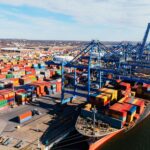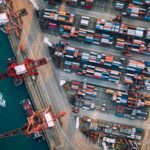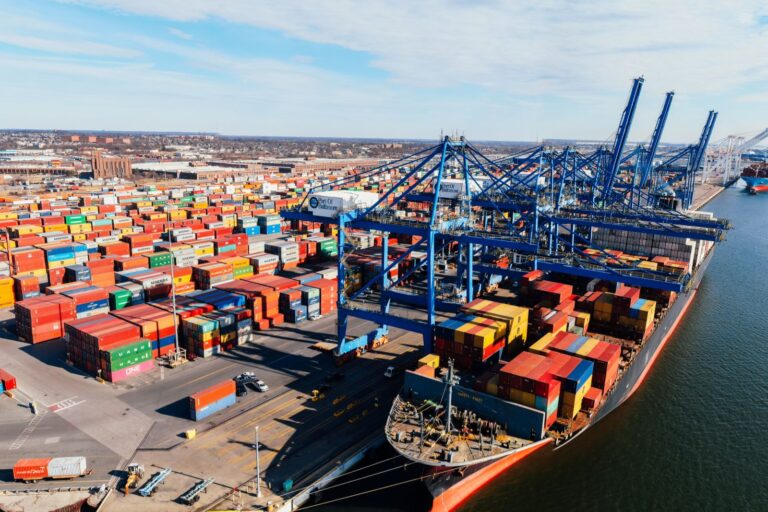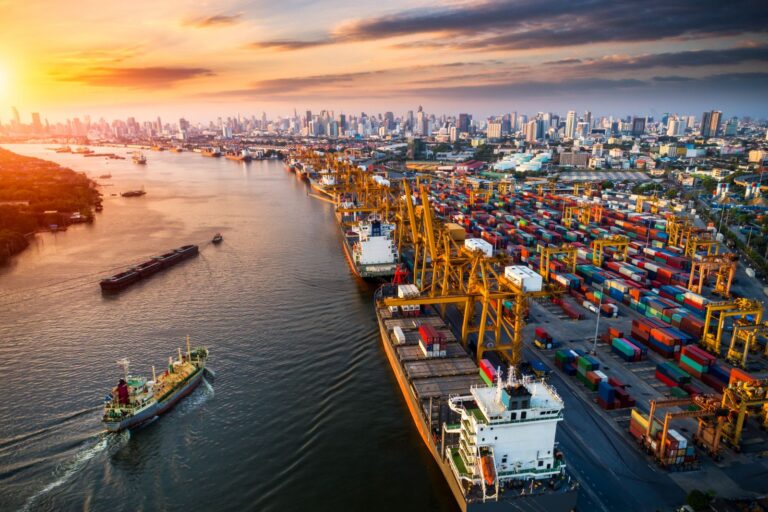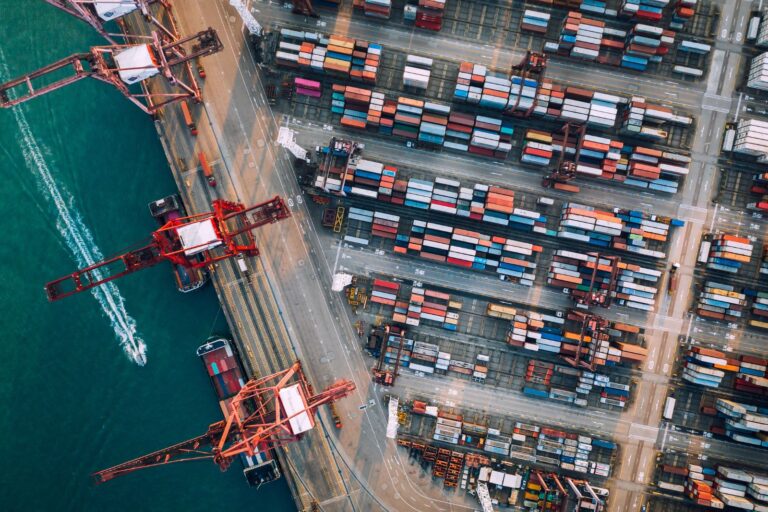The global fashion and textiles industry moves at a lightning pace. From luxury apparel brands to bulk fabric suppliers, businesses rely on fashion textiles logistics to stay competitive in a market where speed, quality, and reliability are everything.
Managing the transportation of fabrics, garments, and accessories across international borders isn’t simple—it requires precision, temperature control, and compliance with strict customs regulations. This is where professional logistics services step in to transform challenges into opportunities.
At EGL – Emerald Global Logistics, we understand the unique demands of the fashion sector. With years of experience in international shipping, supply chain optimisation, and specialised textile handling, EGL supports businesses across Australia with end-to-end solutions that keep fashion goods moving seamlessly.
Why Fashion Textiles Logistics Matters
Efficient logistics is the backbone of the fashion industry. Poorly managed shipping can result in delays, damaged goods, or missed seasonal launches. A reliable logistics partner ensures:
- Timely deliveries for seasonal fashion collections.
- Safe handling of delicate fabrics and textiles.
- Compliance with international trade regulations.
- Cost efficiency through optimised transport routes.
Without tailored logistics, fashion companies risk losing revenue and brand reputation.
Benefits of Professional Fashion Textiles Logistics
1. Speed to Market
In fashion, timing is everything. A logistics provider specialising in textiles guarantees quick transit so businesses never miss seasonal deadlines.
2. Protection of Goods
Specialised packaging and handling safeguard fabrics against moisture, dust, and temperature changes.
3. Cost Savings
Optimised freight forwarding, consolidation, and warehousing reduce unnecessary expenses.
4. Global Reach
Access to international supply chains ensures your textiles move efficiently from production hubs to retail shelves worldwide.
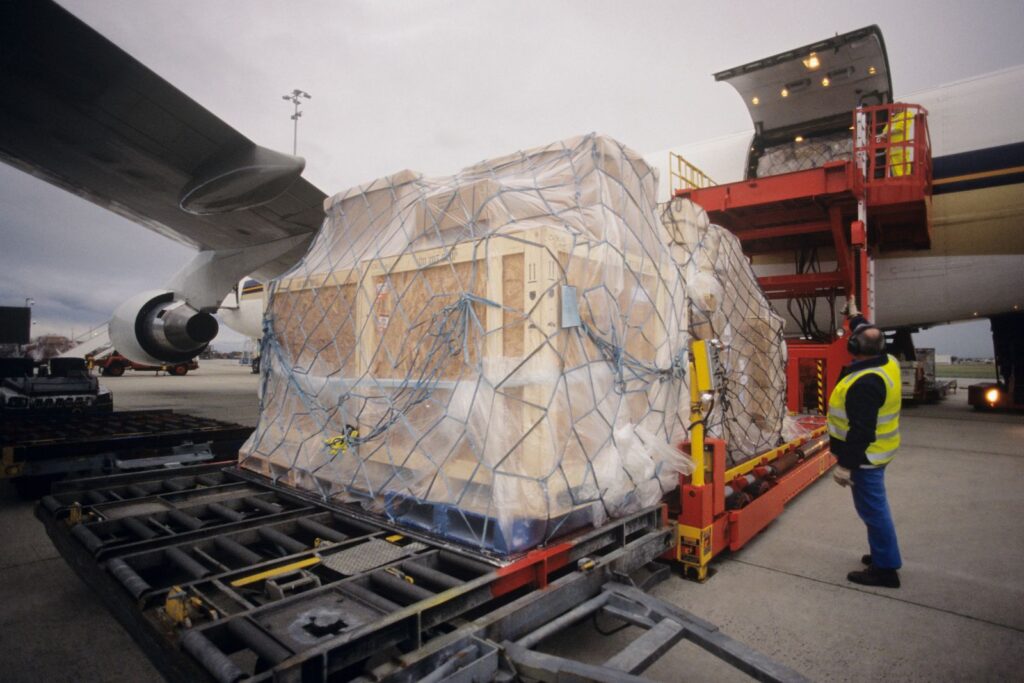
How Fashion Textiles Logistics Works
Here’s a step-by-step breakdown of the process:
- Order & Supplier Coordination – Aligning purchase orders with suppliers to prepare shipments.
- Packaging & Labelling – Using protective materials for fabrics and garments.
- Customs Clearance – Ensuring all textile-specific trade regulations are met.
- Transportation – Choosing air freight for speed or sea freight for cost efficiency.
- Warehousing & Distribution – Storing goods safely before delivery to retailers.
- Final Mile Delivery – Ensuring on-time arrival to stores or directly to customers.
At EGL – Emerald Global Logistics, these processes are streamlined with technology-driven tracking and industry expertise.
Costs of Fashion Textiles Logistics
Shipping costs for textiles vary depending on:
- Mode of transport (air freight is faster but more expensive).
- Shipment size and weight.
- Origin and destination countries.
- Customs duties and compliance fees.
Partnering with an experienced logistics provider helps businesses balance speed and cost.
Best Practices for Fashion Textiles Shipping
- Use moisture-resistant packaging for fabrics.
- Plan shipments around seasonal peaks to avoid delays.
- Leverage consolidated shipping for smaller textile orders.
- Track shipments with real-time visibility tools.
Common Mistakes to Avoid
- Ignoring customs requirements for textile imports/exports.
- Using non-specialised logistics providers unfamiliar with fabric handling.
- Underestimating lead times during high-demand seasons.
- Overlooking insurance for high-value apparel shipments.
Real-World Applications
- Retail Brands: Fast delivery of seasonal clothing lines.
- Textile Manufacturers: Bulk fabric shipments from Asia to Australia.
- Luxury Fashion Houses: Temperature-controlled handling of high-value items.
- E-commerce Stores: Direct-to-consumer garment shipping with fast turnaround.
At EGL, we’ve helped businesses across these sectors optimise their supply chains, ensuring they stay ahead in the competitive fashion landscape.
FAQs about Fashion Textiles Logistics
1. What is fashion textiles logistics?
It refers to the process of transporting, storing, and managing fabrics, garments, and accessories within global supply chains.
2. Which shipping method is best for textiles?
Air freight offers speed, while sea freight is more cost-effective for bulk shipments.
3. How can I reduce textile shipping costs?
By consolidating shipments, planning around peak seasons, and working with an expert logistics partner.
4. Do textiles require special packaging?
Yes, moisture-resistant and dust-proof packaging protects delicate fabrics during transit.
5. Can EGL handle international fashion logistics?
Yes, EGL – Emerald Global Logistics offers global solutions tailored for the fashion and textiles industry.
Conclusion
The success of any fashion or textiles business depends heavily on reliable logistics. From sourcing raw fabrics to delivering finished garments to retailers, every step requires careful planning and execution.
At EGL – Emerald Global Logistics, we provide end-to-end solutions designed specifically for the fashion sector. Whether it’s fast air freight for a seasonal launch or bulk fabric shipping via sea freight, we ensure your goods move with efficiency, security, and precision.
If you’re ready to optimise your fashion supply chain, contact EGL today for expert logistics support tailored to your needs.

